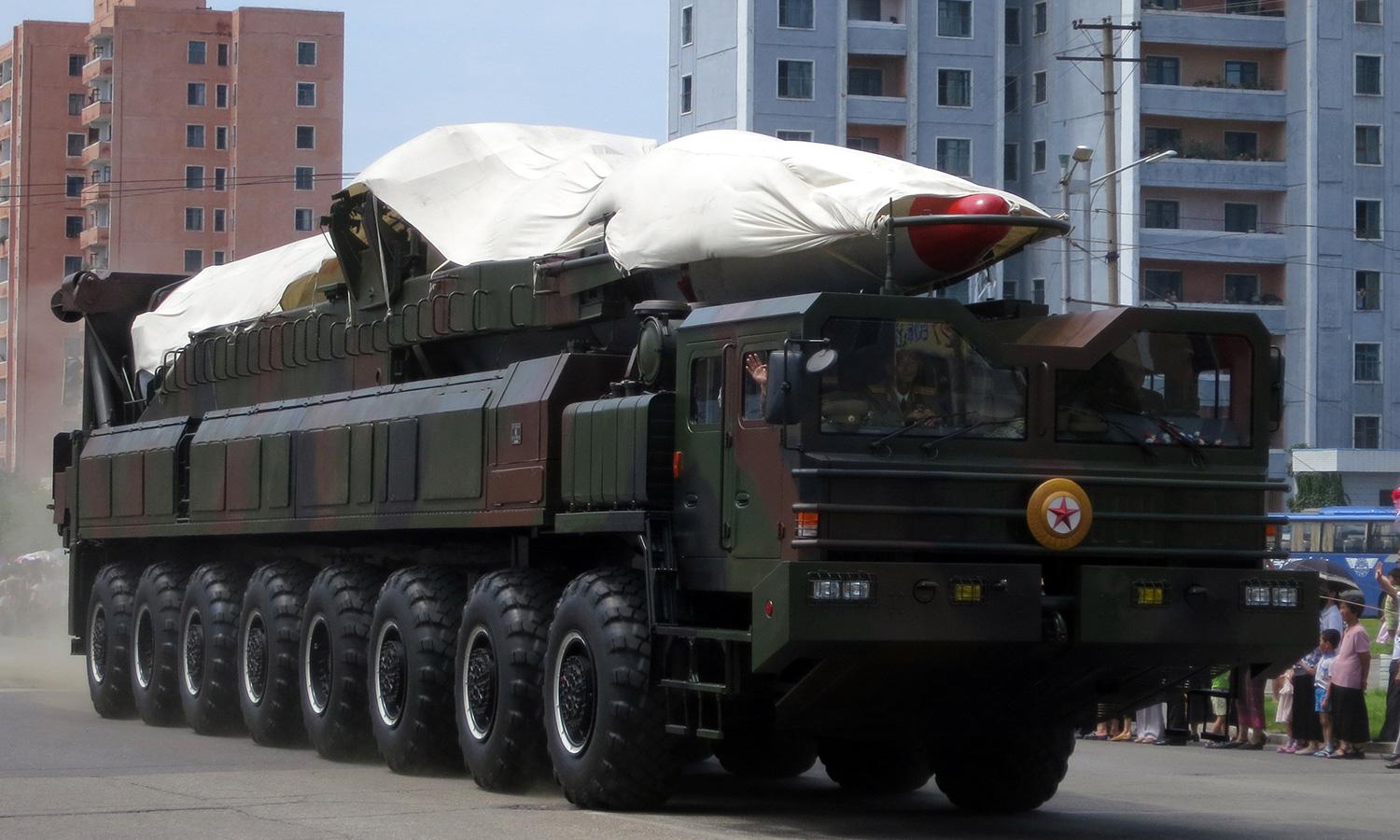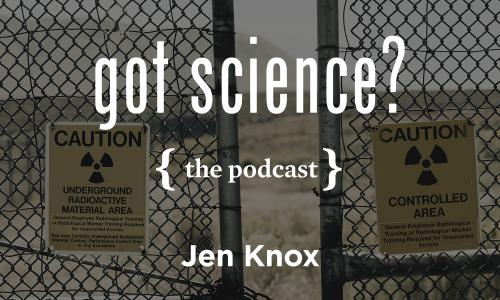Today, North Korea has enough nuclear material for 30 to 40 nuclear warheads, and may have assembled 10 to 20 weapons. It also continues to develop its long-range missile capabilities, though its capabilities remain unclear.
North Korea says it needs these weapons to prevent an attack by the United States. The two countries are, in fact, still formally at war, having failed to sign a peace treaty to end the Korean War in the 1950s. The North sees periodic joint military exercises between US and South Korean forces in the region as preparations for an invasion and therefore as threatening.
On the other hand, the United States and other countries see North Korea’s military developments as beyond what it needs for defense, and believe they pose a threat to North Korea’s neighbors and, increasingly, more distant countries. Given North Korea’s recent nuclear and missile tests—and the enormous consequences of nuclear use—these fears may well be justified.

What are the options?
Discussions between the United States and its allies on how to reduce the threat of North Korea’s weapons tend to include four options: sanctions, pressure from the Chinese, military action, and diplomacy.
Sanctions can help reduce North Korea’s ability to buy foreign technology that might be useful for weapons, and can pressure the Pyongyang government in other ways. However, they appear unlikely to stop the country’s military programs by themselves.
China has supported increased sanctions and diplomacy, but appears unwilling to squeeze Pyongyang as hard as the United States would like, which China believes is counterproductive and could lead to war.
Military options are highly uncertain and would almost certainly lead North Korea to attack South Korea or other targets with conventional or possibly chemical or nuclear weapons. The potential loss of civilian life would be unacceptable. As a result, US military officials and other security experts—including the Union of Concerned Scientists—argue that there are no good military options.
Diplomacy—open lines of communication and informal talks—is likely the best option we have. The goal would be to alleviate current tensions and hostility and lay the groundwork for a longer process to reduce the threat from North Korea.
Diplomacy with North Korea has been successful in the past. A 1994 agreement averted a possible conflict with Pyongyang, ended North Korea’s production of plutonium for nuclear weapons for nearly a decade, and put international inspectors in the country to verify the ban. By 2000, North Korea had stopped testing missiles and US negotiators believed they were very close to an agreement that would verifiably stop Pyongyang’s nuclear and missile programs.
Unfortunately, once in office, the George W. Bush administration pulled out of the talks. By 2006, North Korea had restarted missile testing and conducted its first nuclear test. In 2017, it successfully tested both long-range missiles and a hydrogen bomb.





